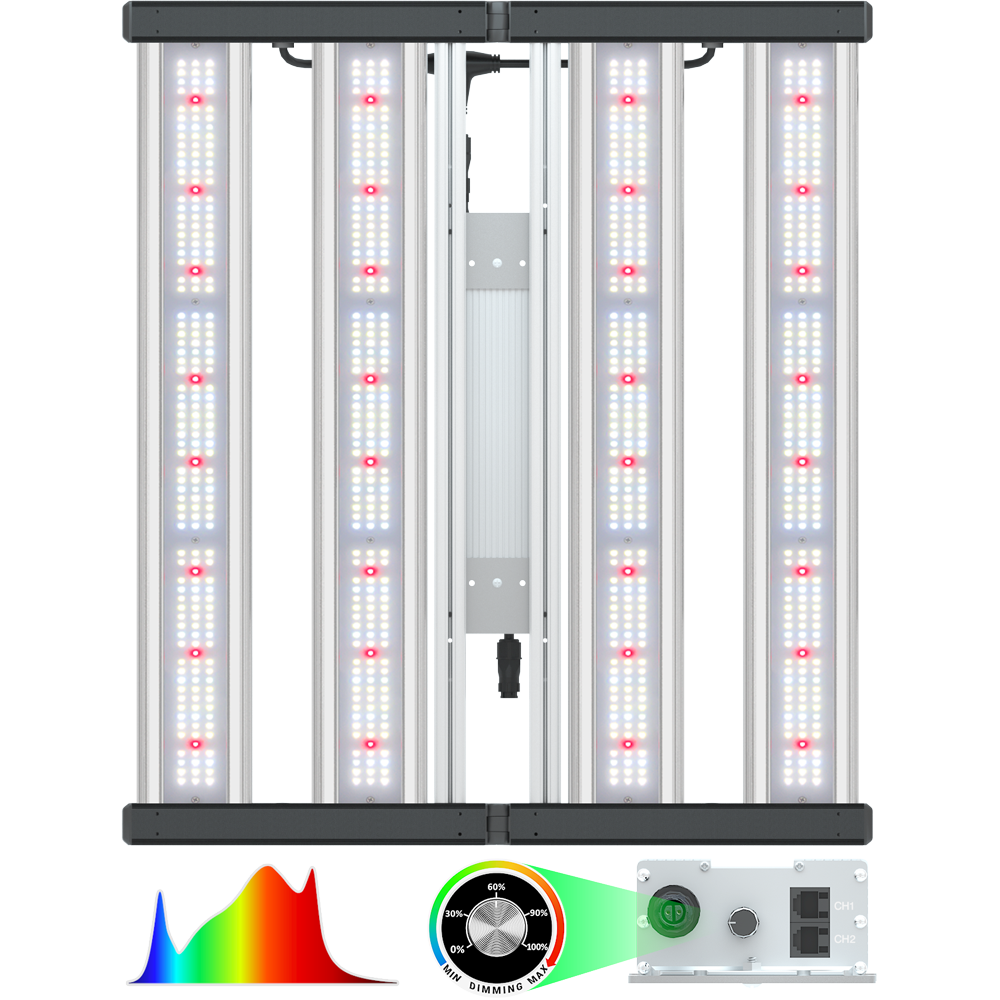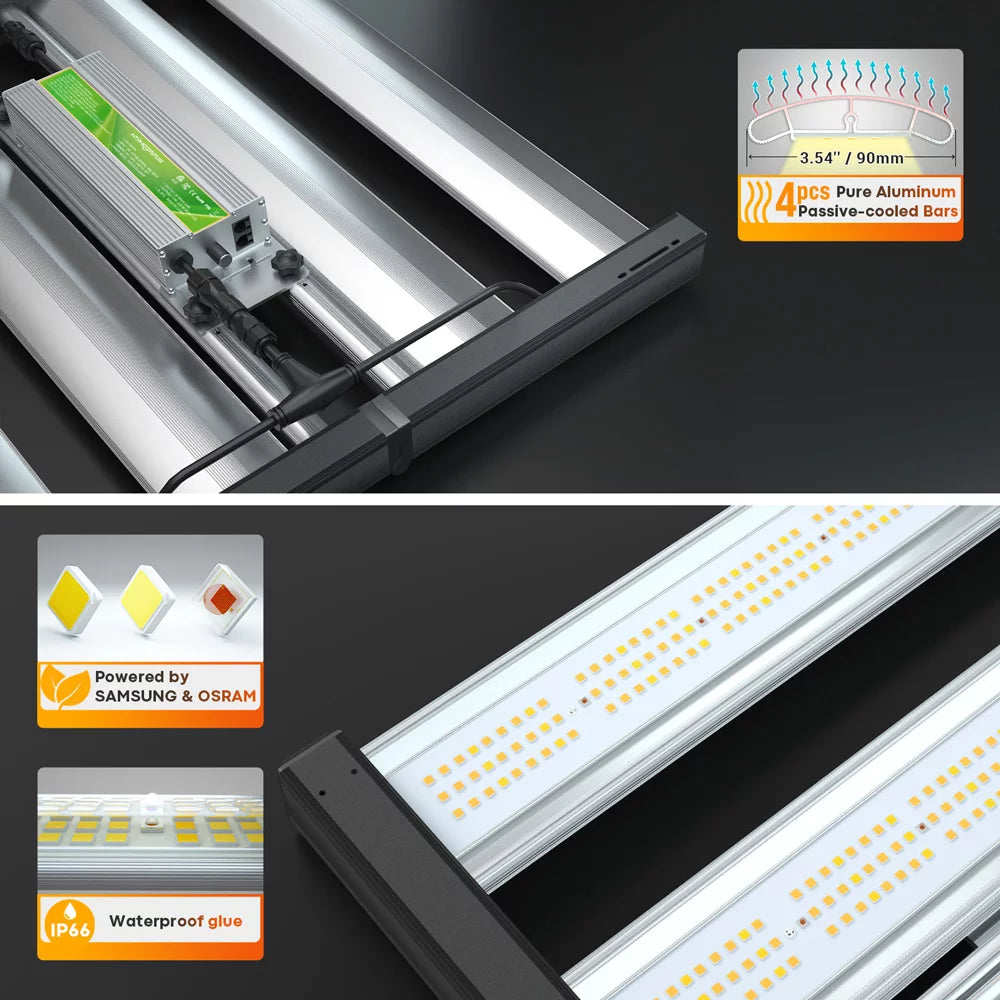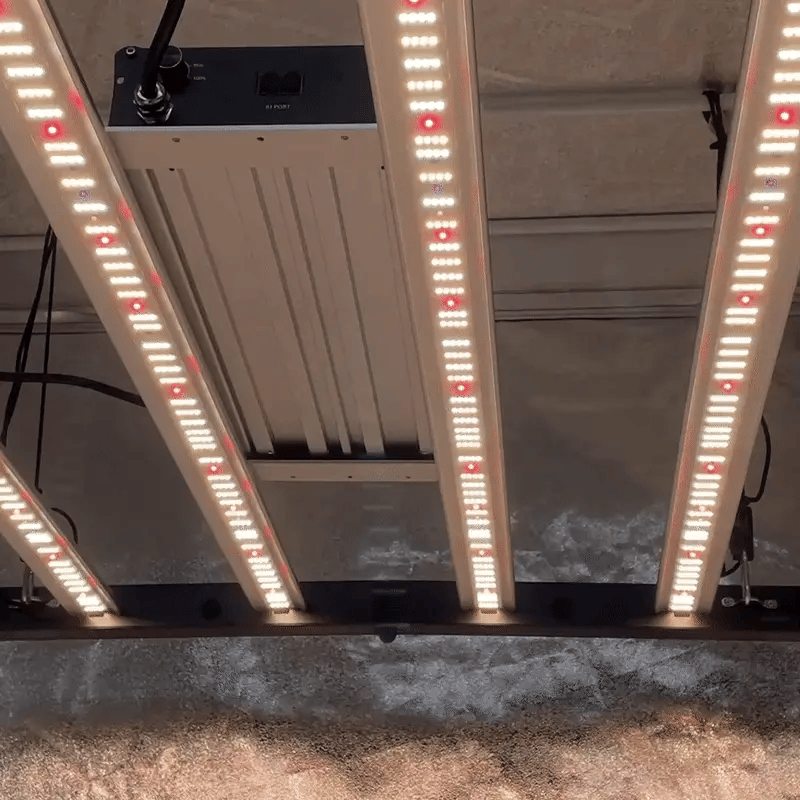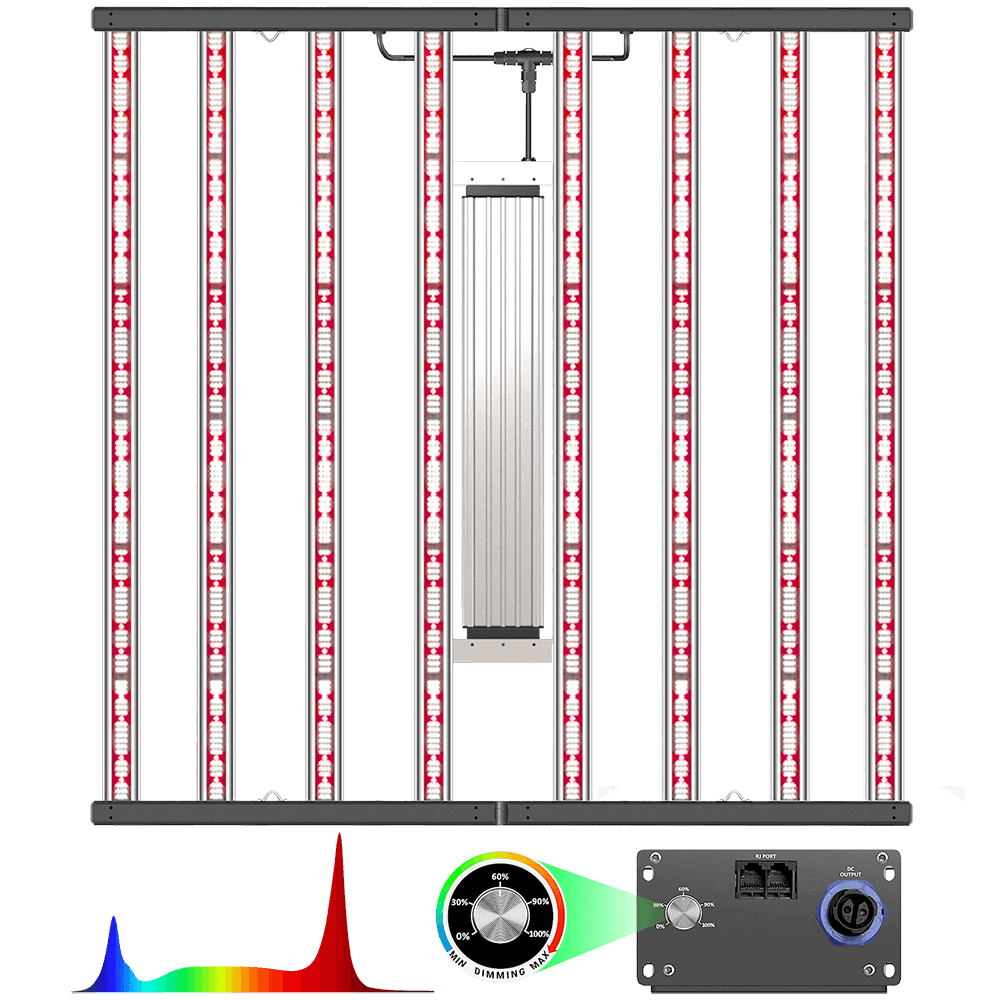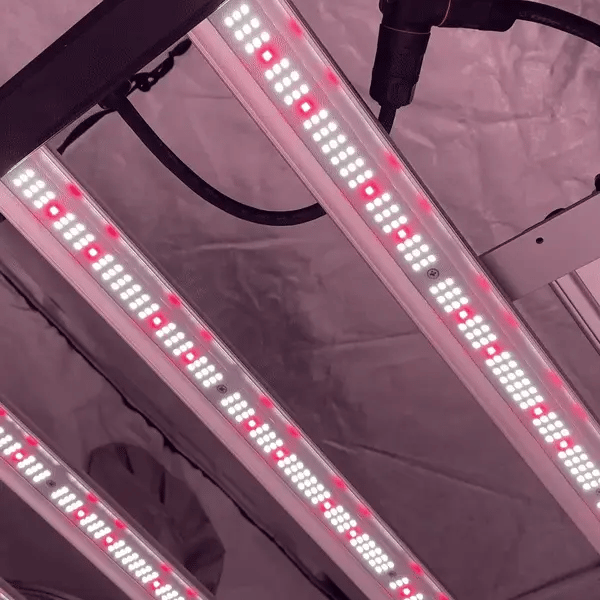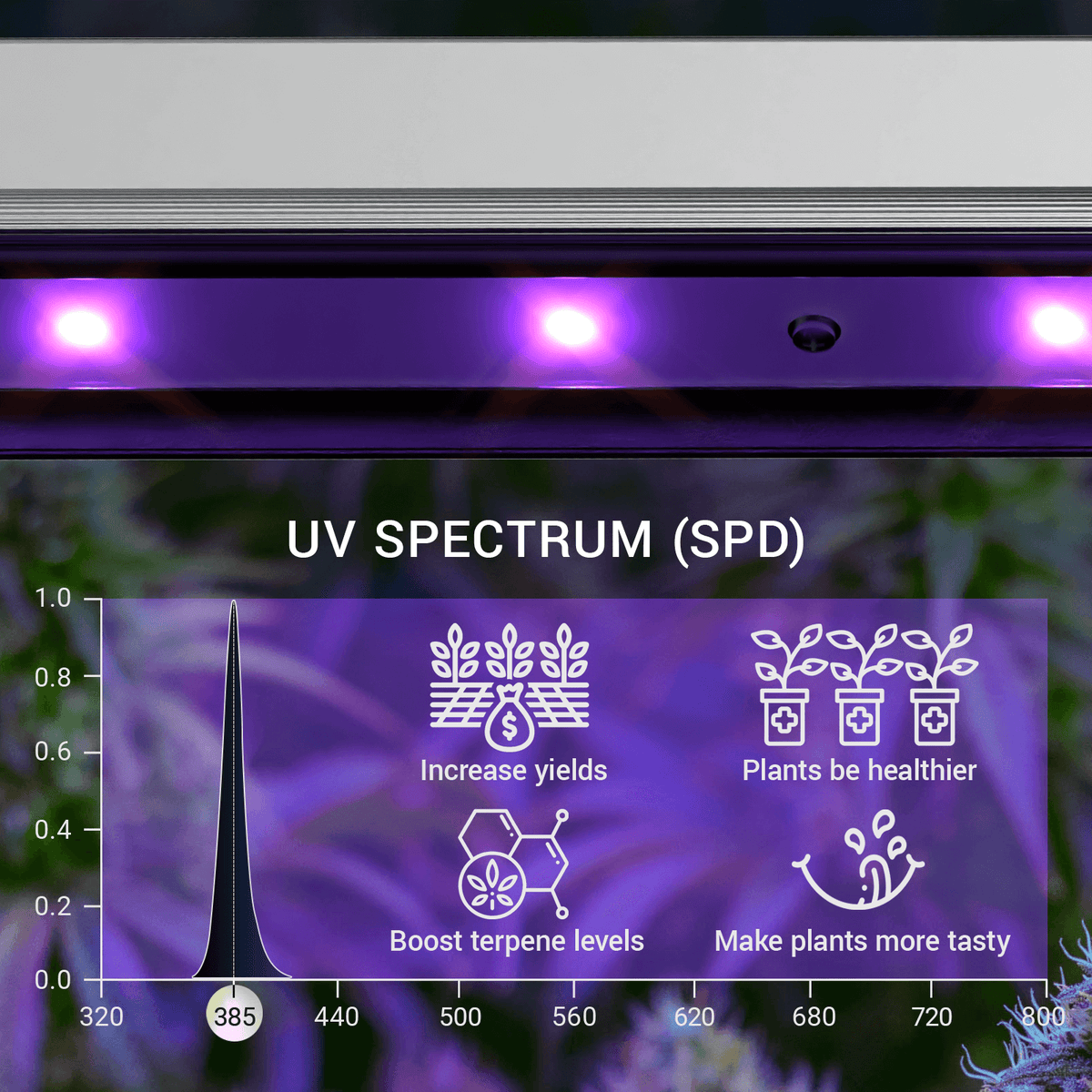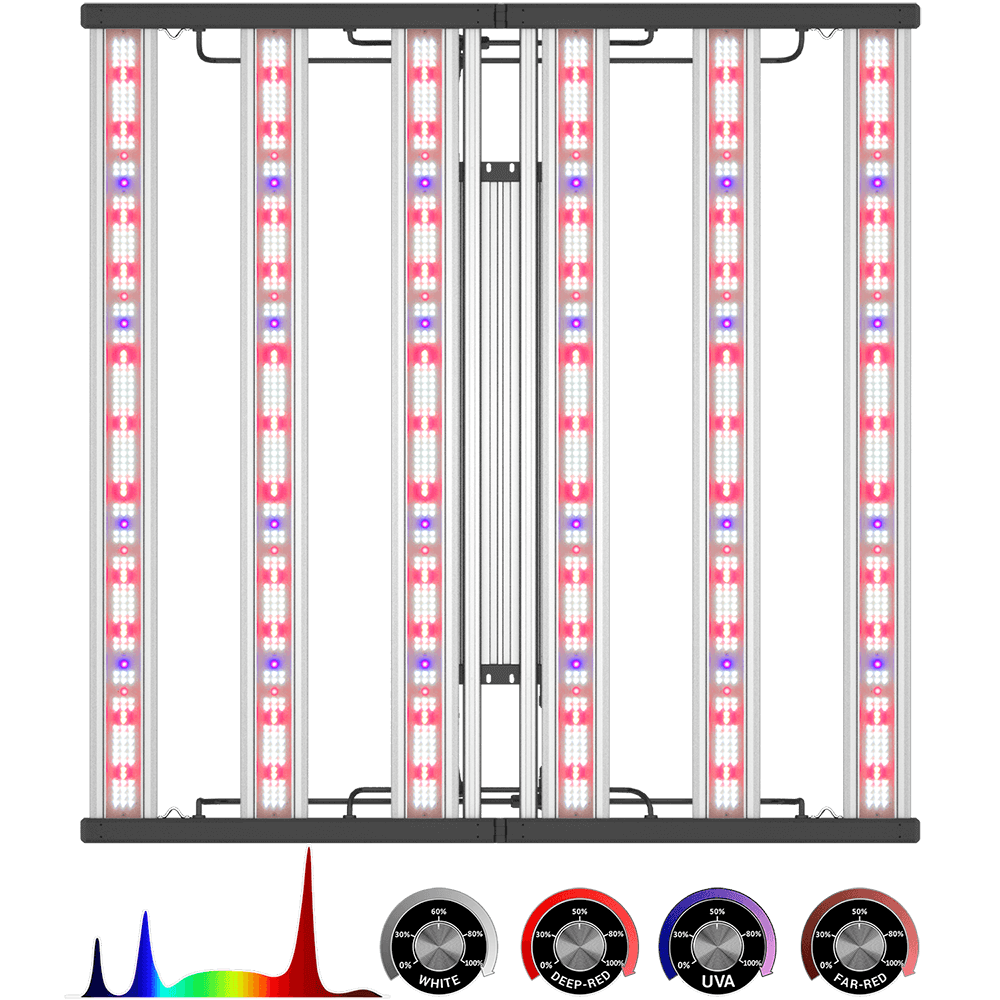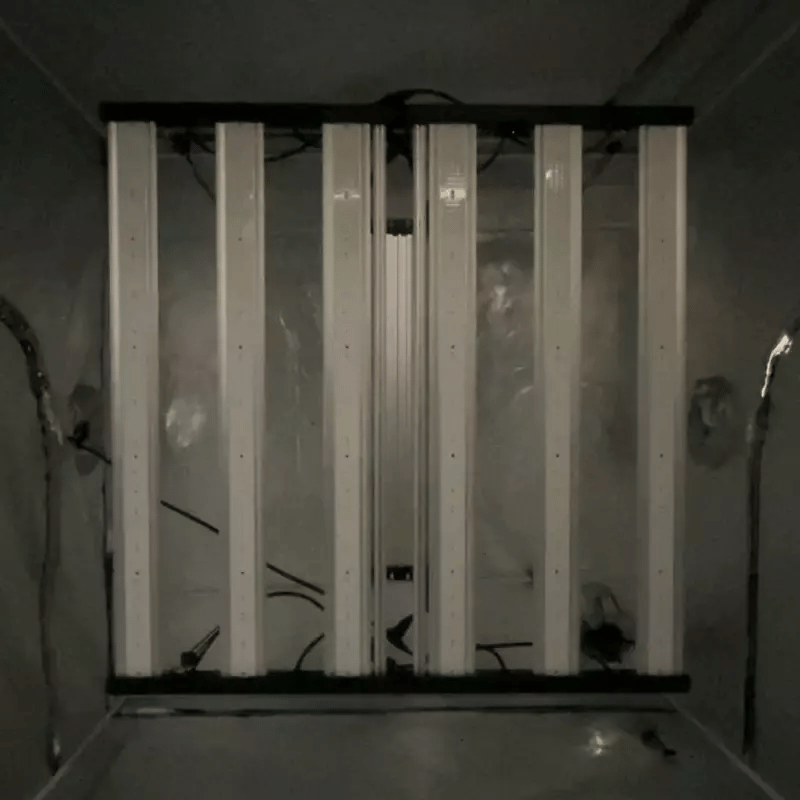Optimizing CO2 Levels and Plant Lights for Indoor Plant Growth

Indoor plants are a great way to add some greenery and fresh air to your home or office. However, to ensure the health and vitality of your plants, you need to provide them with the right conditions. Two critical factors that affect plant growth are carbon dioxide (CO2) levels and lighting. In this blog post, we will explore the ideal CO2 concentration for indoor plant growth and how to adjust CO2 levels in conjunction with plant lights to promote optimal plant growth.
Optimal CO2 Concentration for Indoor Plant Growth
The ideal CO2 concentration for indoor plant growth is between 1000 and 1500 parts per million (ppm). This range is higher than the typical outdoor CO2 concentration of around 400 ppm. When the CO2 concentration is too low, plants may struggle to photosynthesize and grow, while excessively high CO2 concentrations can lead to toxicity and reduced growth.
Adjusting CO2 Levels with Plant Lights
Plant lights are an essential tool for indoor gardening, especially in areas with limited natural light. Plant lights are designed to mimic the spectrum of natural sunlight, providing plants with the energy they need for photosynthesis. However, to maximize the benefits of plant lights, it is essential to adjust the CO2 concentration in the air.
When plants are exposed to light, they consume CO2 and release oxygen through photosynthesis. As CO2 levels decrease, plants may struggle to maintain optimal growth. Therefore, it is crucial to adjust CO2 levels in conjunction with plant lights to ensure that plants receive enough CO2 for photosynthesis.
There are several ways to adjust CO2 levels when using plant lights, including:
Natural Ventilation: One of the easiest and most affordable ways to adjust CO2 levels is through natural ventilation. Opening windows or doors can help to increase CO2 levels in the room by allowing fresh air to circulate.
CO2 Generators: CO2 generators are devices that release CO2 into the air, simulating the conditions of an outdoor environment. These generators can be used to increase CO2 levels in a controlled manner, but care should be taken not to exceed the ideal CO2 concentration range.
CO2 Injection: CO2 injection systems can be used to inject CO2 directly into the air surrounding the plants. These systems require careful monitoring to ensure that CO2 concentrations do not become too high.
CO2 Enrichment Bags: CO2 enrichment bags are an affordable and easy way to increase CO2 levels. These bags are placed over the plants and release CO2 as the plants breathe, creating a microclimate that promotes plant growth.
Conclusion
In summary, the ideal CO2 concentration for indoor plant growth is between 1000 and 1500 ppm. Adjusting CO2 levels with plant lights is critical to ensuring that plants receive the necessary energy for photosynthesis. Natural ventilation, CO2 generators, CO2 injection systems, and CO2 enrichment bags are all effective methods for adjusting CO2 levels in conjunction with plant lights. By providing the right CO2 concentration and lighting conditions, you can ensure that your indoor plants thrive and grow, enhancing the beauty and air quality of your environment.





